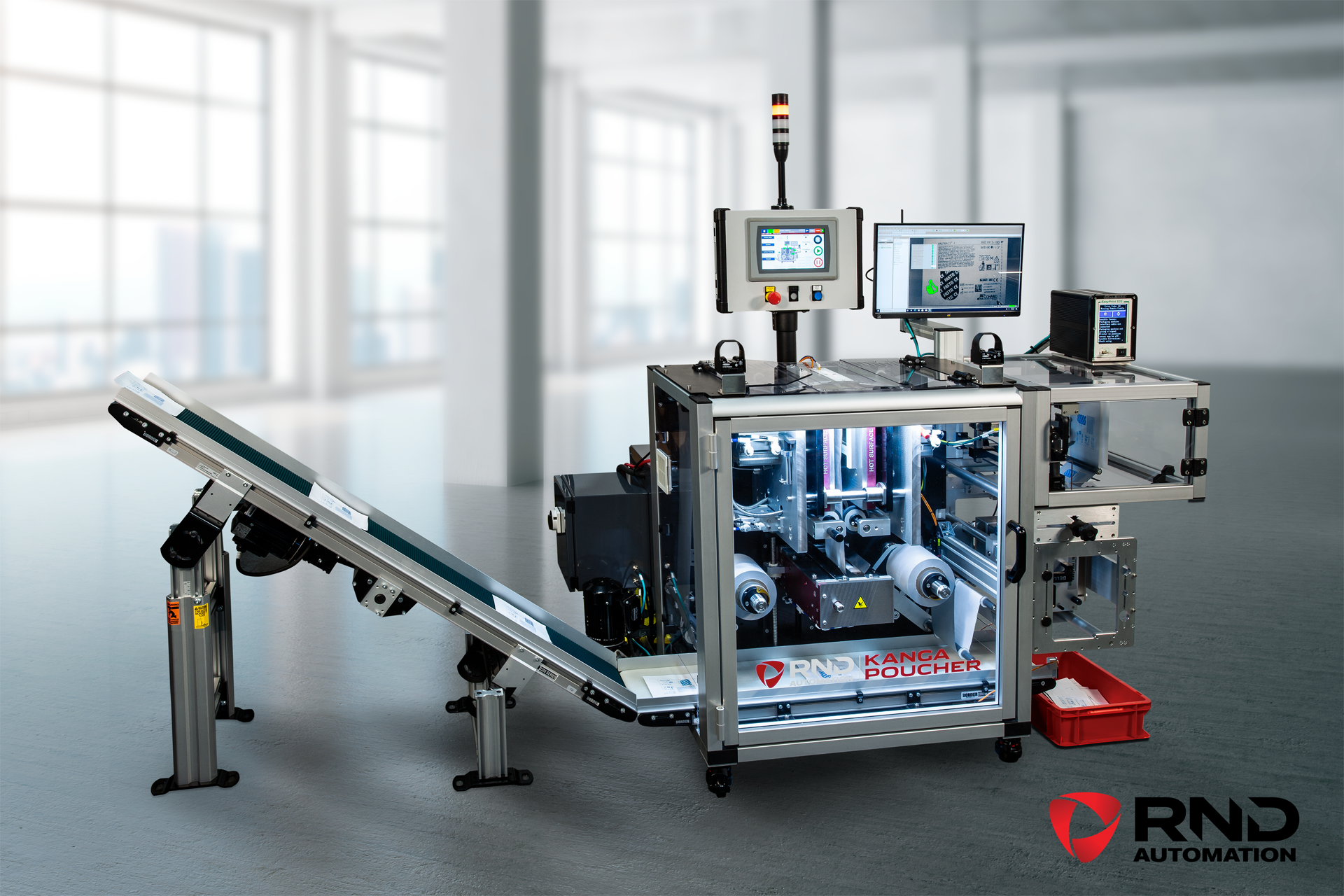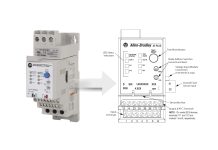
Last year was a tough one for businesses, and even now that we’re in 2021 many are still trying to recover.
This is a time when the world entered the deepest recession since World War II, and despite high unemployment, some companies can’t hire the help they need. Thankfully, end of line automation can help make the most of these hardships.

The COVID recession has hit manufacturers harder than most. Social distancing regulations limit how many employees they can house at once, and demand for packaged goods is rising, putting manufacturers in a difficult position. Automation could be the answer.
Even outside of a pandemic and recession, end of line automation can save businesses considerable quantities of cash. Here’s how.
Solving Human Inefficiencies
End of line work isn’t an ideal job for humans. It’s repetitive, mostly mindless and not typically fulfilling. That all adds up to a task that most people would find boring and tiresome. Since employees who don’t feel engaged are 44% less productive, that can impact a business’s bottom line.
Machines don’t get bored, and they don’t get tired. Delegating these repetitive tasks to automated systems instead of human employees can prevent inefficiencies from lack of engagement. Even if end of line processes are the only automated part of a workflow, the efficiency gains don’t stop at these stations.
Since workers don’t have to focus on these repetitive tasks, they can take on more value-adding jobs. This new focus and freed time will help them be more efficient throughout the facility.
Artificially Expanding the Workforce
One of the most significant problems manufacturers face is a growing labor shortage. Some experts expect the industry could have a 7.9 million worker deficit by 2030. Without enough employees to meet rising demand, manufacturers will have no other choice but to automate.
Many people have reservations about automation, worrying it’ll take jobs away from people. In most cases, though, automation doesn’t replace humans but rather compliments their work. Facilities can use it to expand their workforce without worrying about finding too many new hires and account for the labor shortage.
It takes an average of 52 days to fill a job opening now, four days longer than it did in 2011. End of line automation can help facilities keep up with demand while searching for new workers. As it becomes harder to find new hires, it becomes increasingly crucial to make the most of the workforce through automation.

Eliminating Costly Mistakes
Another issue facilities run into with manual end of line tasks is frequent errors. When workers have to perform mindless, repetitive tasks for hours on end, they’re bound to make mistakes. These errors cost money not just in wasted materials, but in the time workers spend fixing them.
In manufacturing, 23% of unplanned downtime results from human error, compared to just 9% in other industries. Machines aren’t entirely immune to error, but they’re far less likely to make mistakes. A lot of human errors in end of line tasks come from issues with distraction and boredom, which machines don’t experience.
Automated systems are far more precise than people and can maintain that precision as long as they work. By employing these machines, facilities could drastically reduce the number of packaging errors they see. In turn, they wouldn’t waste as much material and wouldn’t have as much downtime.
Reducing Maintenance Costs
Even if facilities don’t have an automated end of line workflow, they most likely use some type of machines. On top of freeing up workers, automated versions of these systems are preferable because they can lower maintenance costs. Many of these machines include self-monitoring technology to help them remain autonomous, and these can influence maintenance.
Automated machines can detect issues in their performance and predict when they’ll need repair. According to Deloitte, predictive maintenance like this can increase equipment uptime by 20% and lower maintenance costs by 25%. With traditional machines, humans would have to notice flaws to enable predictive maintenance, which would be less reliable.
Some automation solutions also include maintenance recommendations and spare parts lists, helping further reduce maintenance costs. Since these systems are typically bespoke, they’ll fit each facility’s unique needs.
Increasing Long-Term Flexibility
Most of the time, people associate robotics with a lack of flexibility. While automated systems may not be able to adapt to new situations like people, they can improve long-term flexibility. Embracing automation can help businesses prepare for and survive unexpected changes.
Take the COVID-19 pandemic, for example. All of a sudden, facilities couldn’t hold as many employees and had to meet skyrocketing demand. Without end of the line automation, which can easily scale to meet increased demand, adapting would’ve been a slower, costlier process.
Automation can adjust to rising or falling production rates far faster than people can. By handling repetitive work, these machines also free workers to focus on the more nuanced parts of adjusting workflows. In response to fast-changing consumer trends, modern automated systems are more flexible than their older counterparts, too.
End of Line Automation Can Be a Game-Changer
Today’s markets are constantly changing, and unexpected disruptions can come at any moment. To mitigate the damage of this change, businesses need to be efficient, and automation enables that efficiency. The extent to which a facility is automated could determine its ability to survive economic hardships.
End of line automation solutions are more versatile and affordable than ever. If more businesses adopted these machines, entire industries could become more profitable. Whether there’s a global recession or not, automation is always an excellent way to save money.
Written by Emily Newton
Tech and Industrial Journalist
Have a question? Join our community of pros to take part in the discussion! You'll also find all of our automation courses at TheAutomationSchool.com.
Sponsor and Advertise: Get your product or service in front of our 75K followers while also supporting independent automation journalism by sponsoring or advertising with us! Learn more in our Media Guide here, or contact us using this form.
- Using Robotics In Bulk Grain Storage - December 7, 2021
- How End Of Line Automation Can Save Your Business Money - November 11, 2021


Discover more from The Automation Blog
Subscribe to get the latest posts sent to your email.




